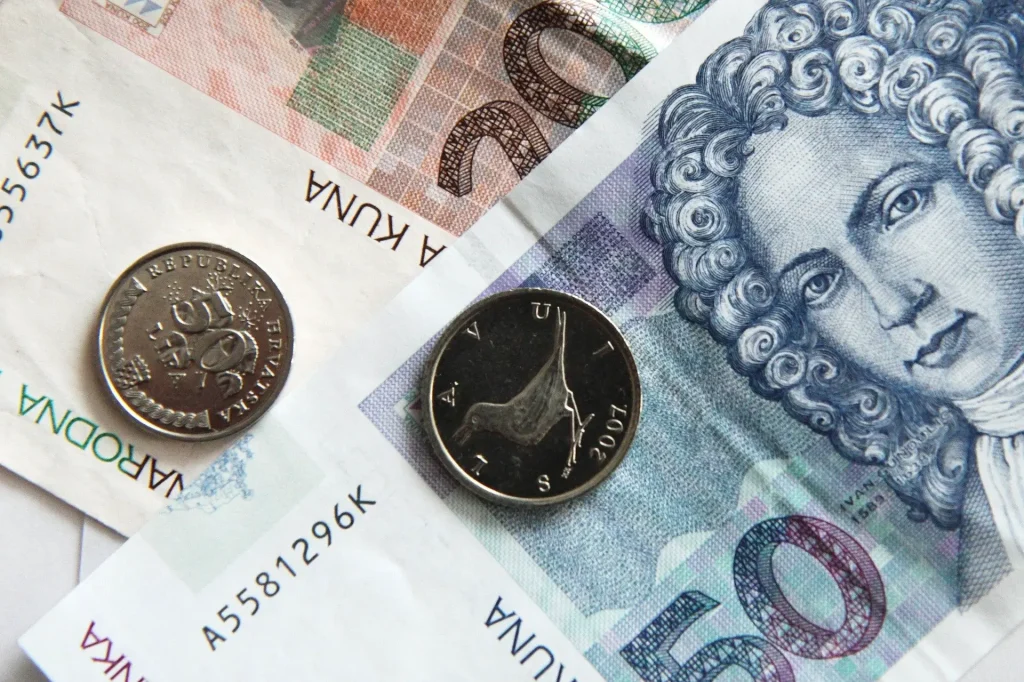As Poslovni Dnevnik/Jadranka Dozan writes, the latest increase in indications for coronavirus infection is passing, at least for now, without any new significant tightening up of any epidemiological measures, but how do things stand when it comes to state aid, taxes, pensions and contributions?
There are also very big question marks hanging over the head of the upcoming 2021 tourist season, as well as the overall economic trends this year. Things are a bit different than they seemed just a few months ago, ie, back at the time of making macroeconomic projections on which the Croatian Government based its budget plans.
After the end of the first quarter, Croatian taxes and contributions to the state budget flowed in at only slightly less amount than they did last year, with the impact of the pandemic on the budget hitting only mildly in the first quarter.
This weekend, Croatian Finance Minister Zdravko Maric revealed to Vecernji list that revenues from Croatian taxes and contributions in the first three months of this year were 2.6 percent lower than they were last year, with those from pension contributions falling less than tax thanks to job preservation grants from the state.
According to the Croatian Finance Minister and his Ministry, in the first quarter, around 17.5 billion kuna in Croatian taxes were collected, or approximately half a billion kuna (540 million kuna) less than last year, while pension contributions amounted to less than 5.9 billion kuna or about 90 million kuna less.
The most generous tax revenue, that of VAT, in the first quarter of the year turned out to be 3.2 percent less generous than it was last year.
This means that a little more than 11.7 billion kuna or 390 million kuna less was collected than back during the first three months of 2020, but it should be borne in mind that the real impact of the coronavirus crisis manifested itself only during the months of April and May.
Overall, year-on-year comparisons of current budget revenues don’t give all that much away about where the budget is now when compared to this year’s projections, although with the current epidemiological situation, plans to return the fiscal deficit to three percent of GDP in 2021 look quite optimistic indeed.
The impact of the “prolonged” coronavirus crisis is also possible on the expenditure side (higher costs in the healthcare system, higher than planned subsidies to the economy), as well as on the realisation of all planned revenue recovery.
For this year, for example, VAT revenues are planned in the amount of 53.7 billion kuna, which is a significant increase when compared to last year. In the last 11 months, this tax brought in 43.2 billion kuna to the budget, which was better than the dynamics envisaged in the rebalance (the plan for the whole of 2020 was 43.8 billion kuna), but this year’s plan still implies double-digit percentage growth in terms of income from that tax.
Total tax revenues are planned for this year at 79.5 billion kuna, which compared to last year’s realisation (and a month before the end of the year it was 67 billion) would also mean an increase of 5-6 billion kuna.
The budget plan envisages collecting 24.6 billion kuna from pension contributions, which means almost 2 billion kuna more than last year, but also around 700 million kuna more than in the pre-pandemic normality of a now very distant seeming 2019.
On the other hand, for example, when it comes to pension payments, which amounted to 42.2 billion kuna last year, this year, due to indexation and an increase in the number of beneficiaries, an increase in these expenditures by 870 million kuna is now expected.
Things are very far from the ‘old normal’ as we once knew it…
Regarding the risks of achieving macroeconomic and fiscal projections, ie pressures on public finances, the Croatian Finance Minister emphasised, among other things, that in relation to the time of making these projections and plans, we had yet another terrible earthquake in Croatia.
He noted that the budget has been put in the function of healthcare and the preservation of jobs, but that this doesn’t exclude any responsible conduct of fiscal policy. Although this is often contextualised today with plans related to Croatia’s Eurozone entry, the competent minister will say that this is even more important for ensuring healthy and sustainable growth.
When it comes to the state of public finances, of course, it will be very important to see what extent the ongoing coronavirus pandemic can be controlled, there is special emphasis in this regard placed on the issue of the pace of vaccination, as this alone will enable a “relatively solid” tourist season.
In addition, it remains to be noted that the relaxation of epidemiological measures from the beginning of March has left its mark on the fiscalised turnover of enterprises and other companies whose operations are more exposed to the epidemiological framework and have faced work bans.
The blossoming Croatian IT sector is doing better than it did during pre-crisis 2019
The recorded turnover of cafes and restaurants in March amounted to almost 528 million kuna, while in March last year, marked by the first mass lockdown of the economy, those in the catering and hospitality industry issued invoices/receipts worth 485 million kuna.
How far their activity now is from the “old normal” is somewhat indicated by the data on more than 900 million kuna of reported turnover in the same month last year. The same is true for the data on fiscalisation in so-called cash transactions in the provision of accommodation or, for example, transport.
Companies operating in the transport sector issued invoices in the amount of 138 million kuna, which is significantly more than the 117 million kuna recorded from last March, but still a quarter less than in the comparable period of the pre-crisis 2019.
Hyper and supermarkets make up the most significant financial indicators of all, as their turnover for the month of March 2021 exceeded four billion kuna, which is half a billion kuna more than last year, and as much as 900 million kuna more than back in March 2019.
For more, follow our politics page.










